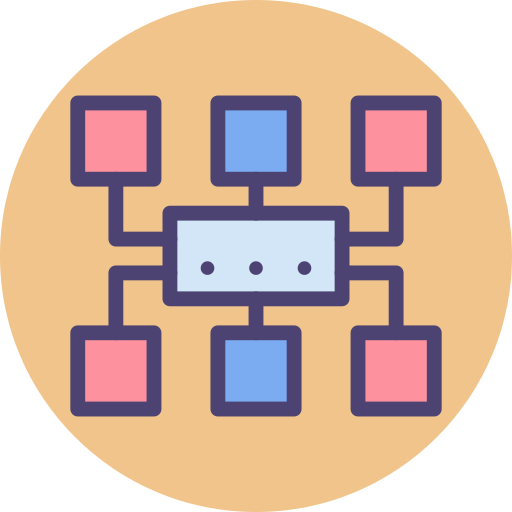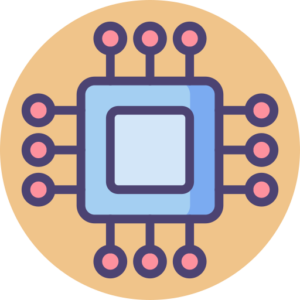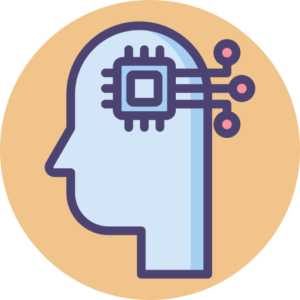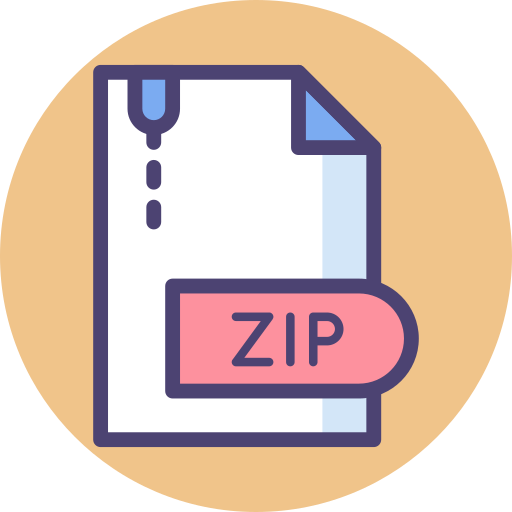A Level Computer Science: Images
Do you want to save hours of lesson preparation time? Get your evenings and weekends back and focus your time where it's needed! Be fully prepared with presentations, notes, activities, and more.
All Computer Science topics are covered, and each module comes complete with:
Classroom Presentations
Revision Notes
Activities & Quizzes
Mind Maps, Flashcards & Glossaries



















Frequently Asked Questions
What do you mean by 'resolution' and 'pixel density'?
Resolution refers to the amount of detail that an image holds and is usually measured in terms of pixels, such as 1920x1080 pixels. Pixel density refers to the concentration of pixels on a particular display, often measured in pixels per inch (PPI). Higher resolution and pixel density typically result in a clearer and sharper image.
How do different types of image files like JPEG, PNG, and GIF differ?
These are different file formats used for storing images. JPEG is widely used for photographs and is known for its lossy compression, which means some image quality is sacrificed for smaller file size. PNG is used for higher-quality images and supports transparency, but the file sizes are generally larger. GIF is commonly used for simple animations and supports a limited color palette, making it less suitable for high-resolution photos.
Why is it important to discuss the ethics of image manipulation?
With the growing capability to easily alter and manipulate images, understanding the ethical implications is crucial. Manipulated images can deceive viewers, spread misinformation, and potentially cause harm. Therefore, it's important for students to understand not just how to manipulate images, but also when and why it's appropriate to do so.
What do the hands-on exercises involve?
The hands-on exercises include tasks such as resizing an image, changing its resolution, compressing the file, and altering its format. This gives students a practical understanding of how the theoretical aspects they've learned are applied in real-world scenarios.
What is metadata and why is it relevant in the context of images?
Metadata is the set of data that describes and gives information about other data. In the context of images, metadata can include details like the camera used, exposure settings, and even geographical location where the photo was taken. Understanding metadata helps in various ways, such as authenticating the source of an image or optimizing images for search engines.
